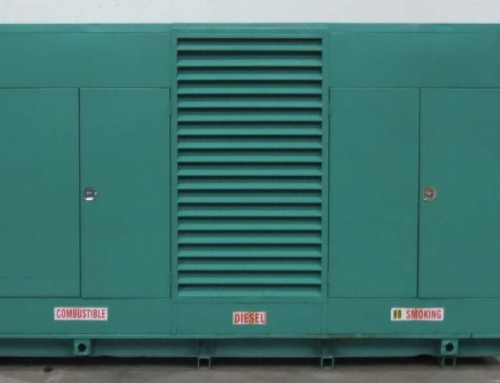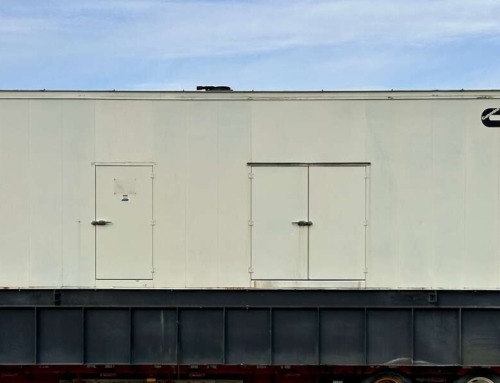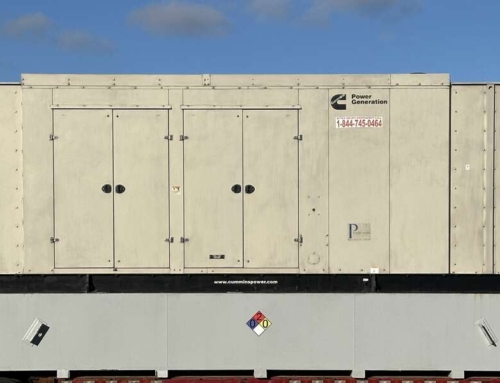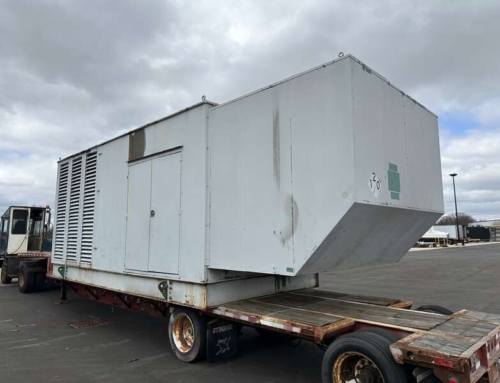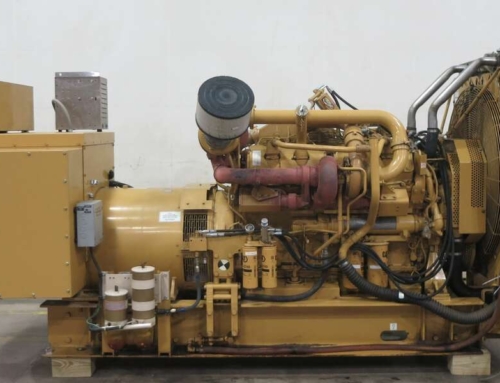To effectively clean diesel with fuel polishing, pump out the diesel fuel from the tank and send it to the filtration system that performs different stages of purification to eliminate unwanted contaminants including sediments, microbial growth, and water. After filtration, the clean diesel is again sent back to the tank; in this process, the unfiltered fuel is taken from one end and filtered fuel is sent back to the opposite end to ensure there are no dead zones left behind without purification. The cleaning process should be repeated until the fuel is adequately clean.
In this blog, let’s discuss the different stages involved in the filtration process, how to perform fuel polishing, and points to remember during fuel polishing.
Table of contents
- Stages in the diesel filtration process
- How to perform fuel polishing
- Points to remember
Stages in the diesel filtration process
The fuel polishing process has different purification stages that leverage various filters to eliminate particles, including water droplets and different-sized sediments. The three-stage filtration process includes primary filtration, water filtration, and secondary filtration.
Primary filtration
- It is an initial filtration process that strains large particles, sediments, and derbies from the fuel.
- It prevents the clogging in finer filters downstream by eliminating big particles.
Water filtration
- It includes a specialized filter to remove droplets from the diesel fuel through a coalescing mechanism.
- When all water droplets are collected together, they can be easily drained from the system.
Secondary filtration
- It uses a small micron rating filter that effectively removes finer particles and remaining smaller particles that are sent out through the primary filtration process.
- This is the last stage of the filtration process that ensures the diesel is perfectly cleaned and ready to use.
During the filtration process, the fuel is continually circulated throughout the system to make sure it is perfectly cleaned. Based on the system, the bottom of the tank should be manually assessed to remove the settled debris.
How to perform fuel polishing
- The first step in performing the fuel polishing is to open the access point of the fuel tank and prepare the fuel polishing system.
- Extract the diesel fuel from the tank using a pump.
- Filter the diesel by sending it to the multi-stage filtration system that separates water and other debris.
- The cleaned fuel is again sent back to the tank at the opposite end where it is pumped out to avoid unfiltered zones.
- Monitor the end-to-end filtration process and check the filter condition and water removal during each stage.
Points to remember
- Before performing fuel polishing, determine contamination level and fuel quality and choose the right filtration system.
- Fuel polishing is best performed by professionals who are experts in filtering fuels in large tanks and critical applications.
- When fuel is stored for a long time it may be prone to contamination, so to maintain the fuel quality, fuel polishing should be done on a regular basis.
- Fuel polishing is recommended to be performed annually. If your industry fuel tanks store a vast amount of diesel, you should consult an expert to get a regular fuel polishing maintenance schedule.
- The fuel polishing can be done in two ways:
- One is installing an automatic fuel polishing system in the tank which is suitable for small tanks.
- The second option is to make a maintenance agreement with a third-party vendor so that the certified professional will come to your place and perform fuel polishing effectively.
CS diesel generators provide extensive fuel polishing for industries of all types. We also provide an automatic fuel polishing system according to your fuel tanks. Our experts will analyze your requirements, evaluate the tank and fuel stored, and provide the right fuel polishing solution. To talk to our expert, contact us today.

